Top speed 286 km/h Length 19 m | Wingspan 15 m Manufacturer Boeing Rotorcraft Systems | |
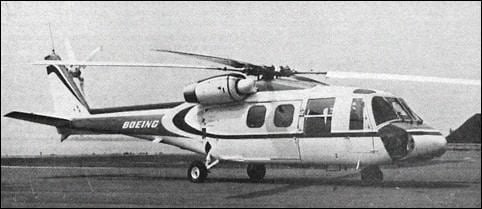 | ||
The Boeing Vertol YUH-61 (company designation Model 179), was a twin turbine-engined, medium-lift, military assault/utility helicopter. The YUH-61 was the runner-up in the United States Army Utility Tactical Transport Aircraft System (UTTAS) competition in the early 1970s to replace the Bell UH-1 Iroquois helicopter. At the end of the flyoff program, Sikorsky Aircraft was awarded a contract to develop and build its UH-60A entry.
Contents
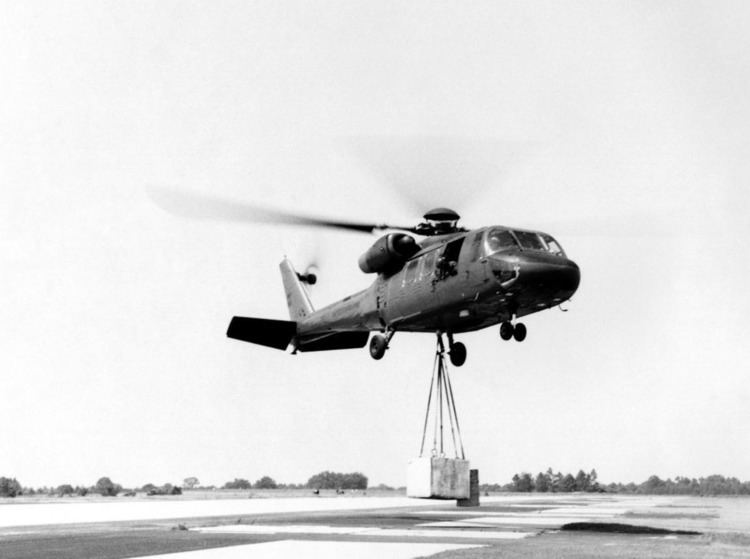
Development
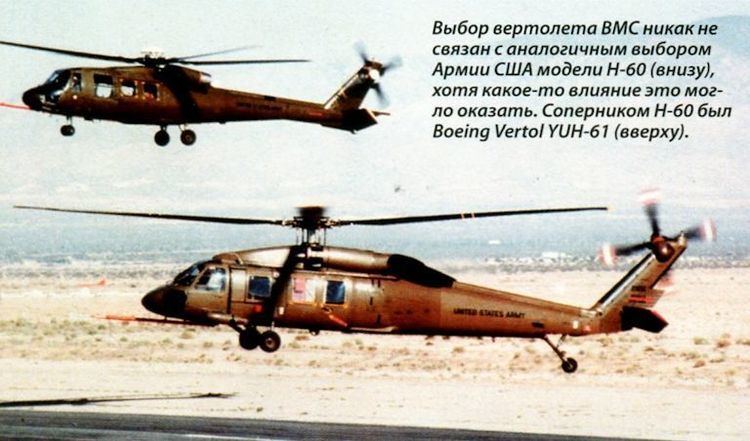
Under a contract awarded in August 1972, Boeing Vertol designed and delivered three prototypes to compete UTTAS program. When Boeing Vertol failed to win the Army competition, it pinned its hope on winning civil orders and the US Navy's LAMPS III program. In the end, a variant of the Sikorsky design, the SH-60B, won the Navy contract, and the civil orders received were canceled.
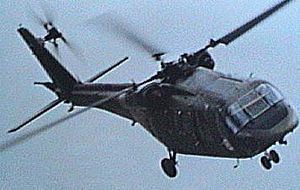
Three aircraft were built and a further two were cancelled and not completed. An attack helicopter design, using the YUH-61's dynamic system (engines, rotor systems and gearboxes), was proposed for the Advanced Attack Helicopter competition, much as the dynamic system of the earlier UH-1 Iroquois had been adapted into the AH-1 Cobra gunship, but did not make the downselect that resulted in the Bell YAH-63 and Hughes YAH-64 being built. The Boeing Vertol AAH design was unique in that the crew were seated in a laterally staggered tandem configuration.
Design
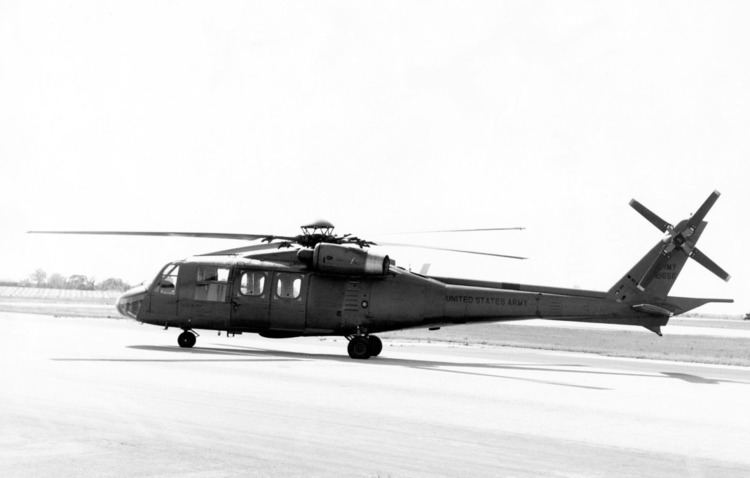
The YUH-61 was designed to meet the UTTAS requirements for improved reliability, survivability and lower life-cycle costs, resulting in features such as dual-engines with improved hot and high altitude performance, and a modular design (reduced maintenance footprint); run-dry gearboxes; ballistically tolerant, redundant subsystems (hydraulic, electrical and flight controls); crashworthy crew (armored) and troop seats; dual-stage oleo main landing gear; ballistically tolerant, crashworthy main structure; quieter, more robust main and tail rotor systems; and a ballistically tolerant, crashworthy fuel system.
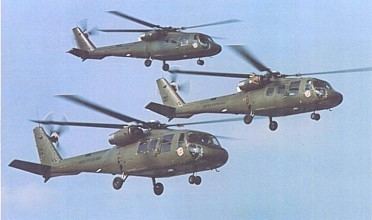
Transport aboard the C-130 limited the UTTAS cabin height and length. This also resulted in the main rotor being mounted very close to the cabin roof.

While Sikorsky chose a fully articulated rotor head with elastomeric bearings, Boeing Vertol chose a rigid main rotor design, based upon technology supplied by MBB, which was partnered with Boeing Vertol at the time. Boeing Vertol also selected to use a tricycle landing gear and a pusher tail rotor, as opposed to the tail wheel configuration and canted tractor tail rotor that Sikorsky chose, meaning that the thrust produced by the tail rotor was directed away from the vertical stabilizer, while the Sikorsky's flowed around it. Not to be confused with a pusher propeller used for forward propulsion, as used in some helicopters and airplanes).
Variants
Survivors
Two of the three aircraft (73-21656 and 73-21658) built are preserved at the United States Army Aviation Museum in Fort Rucker, Alabama.
Specifications (YUH-61A)
Data from Modern Military Aircraft
General characteristics
Performance
